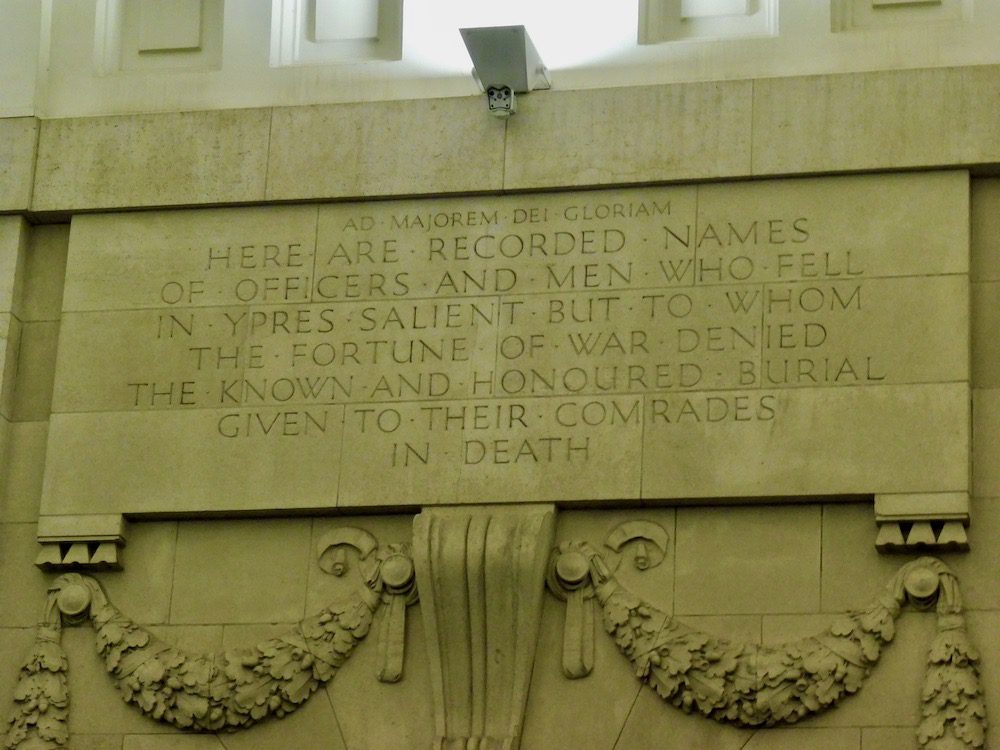War Memorials
Below is a collection of memorials that I have had the honour to visit during my visits to France & Belgium. Friendships have been formed and a better perspective of the area has been achieved so as to understand what I teach just that little bit better.
Carrière Wellington, Arras, France
The Wellington Mines is both a memorial & museum dedicated to the Battle of Arras in 1917. The site itself focuses on the 16th century mining quarries used by the British and NZ soldiers, prior to storming the German trenches on the 9th April, 1917. The tactic was successful in driving the Germans back 11 km from their trenches yet, the offensive would eventually be called off when casualties reached 4,000 a day.

Canadian National Vimy Memorial, Vimy Ridge, France
Just as Gallipoli and Villers-Bretonneux are sacred to Australians, Canadians hold Vimy Ridge with the same level of reverence. The site opened in 1936 still clearly shows the impact of war on the surrounding countryside. How anyone could have taken this area from below, displays the enormity of the task that faced the Canadian divisions in 1917. Reconstructed sections of the trench and tunnel system that existed in 1917 are available to visit in an adjoining site.

Menin Gate Memorial
No trip to the Western Front is truly complete without visiting Ypres. The site of Four major battles between 1914-18, it contains iconic buildings and host’s the Menin Gate ceremony. The ceremony itself has been held every night since 1st May 1929 (except during German occupation 1940-44 when it was held in Britain).

Newfoundland Regiment Memorial, Beaumont Hamel, France
The memorial was opened in 1925 by Field Marshall Haig and is dedicated to the Newfoundland Regiment. The most fascinating thing about this site is the preserved nature of the battlefield. the trench lines and the gradient of the area highlights how difficult it must have been for any attack to take place.

Hill 60 & The Lochnagar Crater, France
The Caterpillar Mine Crater, located near Hill 60 in Ypres, Belgium was created on June 7, 1917, as part of the Battle of Messines. The crater resulted from the detonation of 32,000 kg of explosives, placed by British sappers beneath German defensive positions. The Lochnagar Crater, located near La Boisselle in northern France was created roughly a year earlier on the first day of the Battle of the Somme. The crater measures 100 meters in diameter and 30 meters deep and was created by 27,000 kg of explosives.

Hill 62 (Sanctuary Wood) Memorial and Museum, Belgium
Hill 62, located near Ypres, Belgium, is a historic World War I site known for its preserved trenches and museum. The site features preserved trenches and dugouts as well as housing an extensive collection of wartime artefacts. During the war, Hill 62 was a vital high ground held by Canadian forces during the bloody battles of the Ypres Salient.
Preserved trenches
Museum

Western Front War Memorials
Hill 62, located near Ypres, Belgium, is a historic World War I site known for its preserved trenches and museum. The site features preserved trenches and dugouts as well as housing an extensive collection of wartime artefacts. During the war, Hill 62 was a vital high ground held by Canadian forces during the bloody battles of the Ypres Salient.

“All war is a symptom of man's failure as a thinking animal.”
John Steinbeck






























































































